-
Courses
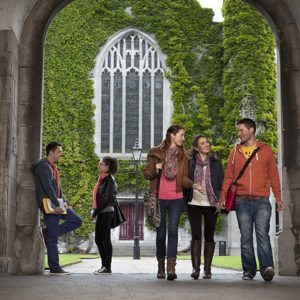
Courses
Choosing a course is one of the most important decisions you'll ever make! View our courses and see what our students and lecturers have to say about the courses you are interested in at the links below.
-
University Life
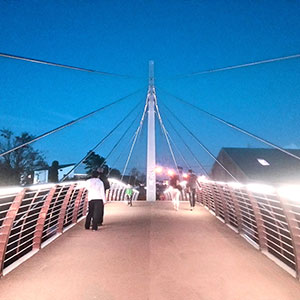
University Life
Each year more than 4,000 choose University of Galway as their University of choice. Find out what life at University of Galway is all about here.
-
About University of Galway
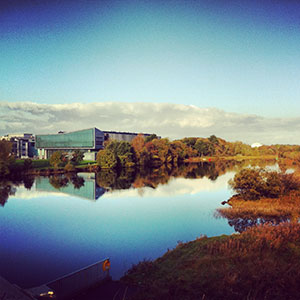
About University of Galway
Since 1845, University of Galway has been sharing the highest quality teaching and research with Ireland and the world. Find out what makes our University so special – from our distinguished history to the latest news and campus developments.
-
Colleges & Schools

Colleges & Schools
University of Galway has earned international recognition as a research-led university with a commitment to top quality teaching across a range of key areas of expertise.
-
Research & Innovation
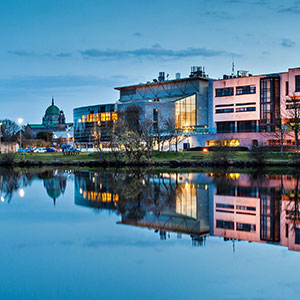
Research & Innovation
University of Galway’s vibrant research community take on some of the most pressing challenges of our times.
-
Business & Industry
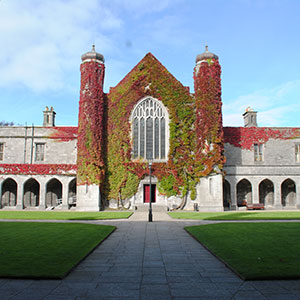
Guiding Breakthrough Research at University of Galway
We explore and facilitate commercial opportunities for the research community at University of Galway, as well as facilitating industry partnership.
-
Alumni & Friends

Alumni & Friends
There are 128,000 University of Galway alumni worldwide. Stay connected to your alumni community! Join our social networks and update your details online.
-
Community Engagement
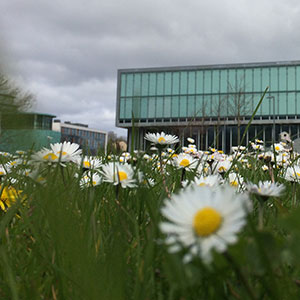
Community Engagement
At University of Galway, we believe that the best learning takes place when you apply what you learn in a real world context. That's why many of our courses include work placements or community projects.
Content - Rich Text
Options for adding text to your pages
Content (Rich Text)
The text you are now reading was inserted into the page, using our most commonly-used content type: 'Content (Rich Text)'.
This content type allows you to add a headline and rich text (i.e. text and images). The text you enter into it will take up the available width on the webpage.
The 'Content (Rich Text)' content type requires you to add a 'Name', 'Title', and 'Content'
- As with all content types, 'Name' allows you identify this content in the CMS - it does not appear on the published web page.
- 'Title' appears as a H2 Headline on the published webpage
- 'Content' appears below the headline.
Our 'Content (Rich Text)' content types can contain up to 100,000 characters (enough for 33 single-spaced A4 pages). So the content you add into it can be as long (or as short) as you like.
Using Multiple Content Types
Usually, instead of having a single content type (CT), containing a very long block of text and images, editors decide to add multiple CTs, each containing shorter blocks of content.
This approach enables you to segment your content, keeping related text and images together.
And segmenting your content makes it easier to:
- Re-order your page content (change the flow).
- Add other content types in between your existing blocks of content.
- (Less commonly) Share your content with other web pages.
Content (no title)
When taking this approach, you will not want to have a headline on each segment you create - so you should use 'Content (Rich Text)' for the first one (to create a headline at the top of the page) and then use the 'Content (no title)' content type for any others.
As its name suggests, 'Content (no title)' is exactly like 'Content (Rich Text)', except that it doesn't ask for a title - so no headline will appear above the content you place into it.
'Content (no title)' content is seamlessly added to the page. To demonstrate this, we deliberately switched from a 'Content (Rich Text)' to a 'Content (no title)' just before adding the above line that mentions 100,000 characters.
Content Boxes
Content boxes are another way to add rich text into your page. They are broadly similar to 'Content (Rich Text)' - inserting a headline, followed by rich text content. However, there are differences:
- The headline they create is a H3 - instead of the H2 that Content (Rich Text) creates.
- That headline is styled to use a strong background colour and white text - the text below the headline appears as normal.
- Optionally, the entire content box can use the headline's background colour. This makes all its text white (if the background colour is dark) or else black (for lighter background colours).
- Content Boxes can fill the available width on the page - but you can also specify that they only take up a certain width.
See our content box example page.
Other Rich Text Content Types
For the most part, this page only covers the content types (CTs) that can create 'normal text'.
The CMS has many other CTs that allow you to add rich text - but typically with additional styling or room for imagery. These other content types are explained on their own manual pages.
Images
All Rich Text content types allow you to add foreground images alongside the text. See the foreground images example page for more information.
Accessibility Considerations
- If a content type requires a 'Title', never leave it blank (by entering ' ' instead of some text) - this creates unwanted vertical whitespace and, more importantly, hinders people who rely on accessibility tools such as Screen Readers.















